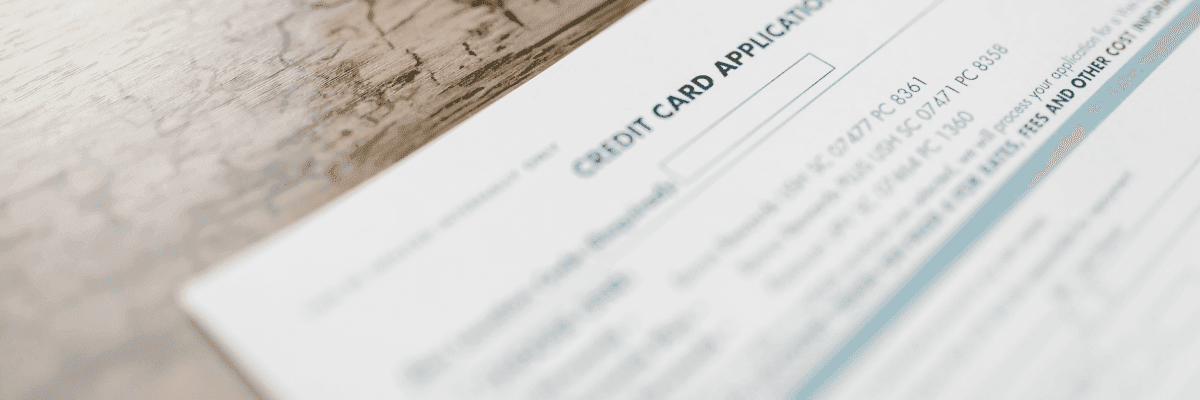In today’s dynamic financial landscape, knowing how to transfer money from your credit card to your bank account can offer newfound convenience and flexibility. Also, knowing how to transfer money to your credit card can be a useful feature for your credit score.
Whether you’re seeking to address urgent financial needs or strategically manage your funds, this guide provides essential insights on how to transfer money from a credit card to a bank account.

Can I transfer money directly from my credit card to my bank account?
Generally, credit cards are primarily intended for purchasing goods and services, not directly depositing funds into savings or current accounts. However, the option to borrow and transfer funds into your current account exists. It depends on your credit card type.
Transferring money from a credit card to a bank account
The possibility to transfer funds from a credit card to a bank account proves especially advantageous for addressing urgent cash needs, whether for unexpected expenses or managing high-interest overdrafts, ultimately enhancing your overall cash flow.
Here is how you can do it:
Money transfer credit cards
Money transfer credit card offers the distinctive capability of directly transferring funds into bank accounts.
These cards extend a period wherein you can settle transferred funds at a 0% interest rate, albeit subject to a money transfer fee. This temporal window facilitates seamless transfers of funds directly into your current account.
The utilization of the funds on a money transfer card spans a broad spectrum, commonly applied to address brief debts like modest overdrafts or high-interest loans. Moreover, they conveniently accommodate substantial expenditures like acquiring a new vehicle.
Furthermore, a money transfer credit card emerges as a pragmatic solution for scenarios where credit card usage is untenable or when your current bank account lacks the necessary credit card balance, allowing for gradual, structured repayments.
Other methods of transferring money from a credit card
While you can use a money transfer credit card, there are other ways to transfer money from a credit card. Here are some of the alternatives:
Direct transfer
Some financial institutions allow direct transfers from credit cards to checking accounts, often completed online. For instance, U.S. Bank offers this feature. While convenient, this method can potentially lead to increased debt due to its ease of use.
ATM cash advance
Many banks and credit unions permit credit card cash advances through ATMs. A credit card PIN is necessary for this. The withdrawn cash can then be deposited into your checking account. You can do it at an ATM with a deposit capability.
In-person cash advance
At a physical branch, you can request a cash advance, subsequently depositing the cash into your checking account.
Convenience checks
Credit card issuers send convenience checks that function similarly to personal checks. These can be deposited into your bank account or used for payments. Notably, the funds are drawn from your credit card’s line of credit. However, don’t forget about your credit limit.

Online banking and mobile apps for money transfers
Numerous mobile apps facilitate seamless transfers from credit cards to bank accounts. These apps are accessible on both Android and iOS devices, ensuring convenience.
Additionally, balance transfer is available across various devices, including desktops, laptops, and tablets.
Important considerations: Taking a credit card cash advance, including ATM withdrawals, can be costly. Interest accrues immediately, often accompanied by fees, even during a 0% interest period. Therefore, it’s advisable to avoid this if feasible.
Amount of money you can transfer
When comparing one credit card provider with another one for balance transfer, it’s common to find transfer limits ranging from 90% to 95% of your credit limit.
Your credit utilization ratio, indicating the portion of available credit you use, is pivotal for your credit score, with most lenders advising a utilization below 30%.
Note that some providers set a minimum transfer amount, often around 100 €.
Fees
When using a money transfer card to move funds into a bank account, carefully consider fees.
- Transfer fee: Typically transfer fee is 2% to 4% of the transferred sum. For example, a 1,000 € transfer with a 3% fee incurs 30 €, totaling 1,030 €. After processing, transfers are non-cancelable and fees are non-refundable.
- Interest rates: For 0% interest money-transfer offers, evaluate the duration of the interest-free period and subsequent rate adjustments. These rates often experience significant increases.
Some 0% APR cards provide a 60-day grace period for making the first transfer after bank account opening. However, the 0% offer can be gone if you don’t act quickly.
Effect on your credit score
It’s important to remember that getting a cash advance might hurt your credit score. Your credit usage ratio is the amount of debt you have about your overall credit limit and accounts for 30% of your credit score (making it the second most important component).
Calculate your credit usage ratio by dividing your overall card debt by your available credit. A red signal for lenders and creditors is using a lot of your available credit. This is why a ratio of 30% or less is often thought to be optimal.
In reality, if your credit card has a 5,000 € maximum and you’ve charged $2,000 on it and you take out another cash loan for 1,000 €, your credit utilization ratio will go to 60%. Your credit score may begin to drop at this percentage.
The process of transferring money from a credit card to a bank account
The following are the typical procedures for transferring funds to a bank account using a money transfer credit card:
- Log in to your online banking account.
- Find the option to initiate a money transfer from the chosen credit card.
- Specify the bank and account number of the destination account.
- Agree with terms and conditions and transfer money.
- Your request will need to be processed by the bank.
If the process is successful, the funds should be available in your account the next business day
Alternatives to money transfer credit cards
Overdraft
If you need money quickly, an overdraft may be an alternative. Nonetheless, an interest-free overdraft may be available from some banks up to a specified limit.
The overdraft limit and interest rates you could be charged determine whether or not an overdraft would be less expensive than a money transfer credit card.
Overdraft fees often cost between 15% and 40% these days. It’s possible you won’t be able to receive as much of an interest-free overdraft as you would with a credit card.
Many people use money transfer credit cards to settle an overdraft, but you should think carefully about whether or not this is the best option for you. Overusing your overdraft feature might hurt your credit score, so be careful.
Personal loan
Another option is a personal loan. You can borrow up to about 25,000 € for a set period.
FAQ
Can I withdraw cash from a credit card?
Yes, you can withdraw money from a credit card, but it’s important to note that cash withdrawals from a credit card are usually considered cash advances. Cash advances come with higher fees and interest rates compared to regular credit card purchases.
Can I transfer money from my credit card without paying interest?
Yes, using a money transfer credit card with an interest-free period. However, after this period ends, you will need to start paying interest.
How can I transfer money from my credit card to my bank for free?
Unfortunately, transferring money from a credit card to a bank account without fees is generally not possible due to associated costs and interest.
Can I get a credit card that allows me to send and receive money?
Money transfer cards are often reserved for those with excellent credit. Lenders will check your credit and income to make sure you can pay back the loan.
To determine if you qualify for a money transfer credit card, use any credit card eligibility checker. However, it’s a soft search. Therefore, it won’t show up on your credit report.

